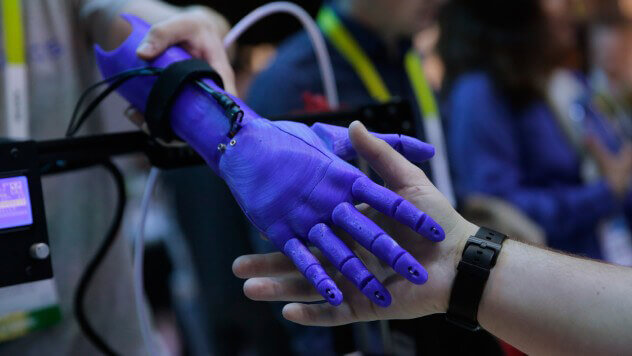Biomanufacturing and 3D Printing: The Emergence of a New Industry
The idea of growing a human body organ in a lab isn’t a new one. It’s been researched for awhile, and even addressed in pop culture through comic books, movies, novels and more. Highly controversial, stem-cell research and cloning have been at the heart of the attempts to grow human body organs. What if it were possible to create a blueprint that a computer could spool to a 3D printer, which could then use “bioink” to create brand new body organs?
It’s already undergoing research, according to an article published on IowaNow. Their goal? In addition to improving overall manufacturing, they are researching creating functioning human organs, and looking to succeed in the next decade or less. This is great, right?

source: firstpost.com
Yes, and maybe. Scientifically-medically and technically-it’s remarkable. The group in this article, AMTecH, uses a dual-arm printer to create its structures, which allows for greater speed than others in the world which only use single arms to print, and could also allow to more complexity. It’d be great to be able to create transplant-ready organs that would probably be less likely to be rejected by the body because they could be made specifically for that body. Medically, this would provide hope for recovery that, until recently, was only the stuff of dreams.
Is it more power than we’re meant to have, as people? Are we approaching Jurassic Park levels of hubris? Will we stop at human organs, or will we continue to build animals which nature has driven to extinction? Could we bring back animals that we, as humans, have led to extinction? Should we? These questions are all more involved than can be answered in a single blog post but it’s important to hold onto the ethical questions which sit in our minds when we think of stem-cell research and cloning.
For example, if we someday 3D-printed a brain, can it be loaded with someone’s memories and personality, dreams and aspirations, to bring back a family member who has been in a vegetative state? If that were possible, would it be right? More over, would it really be that person?
Regardless of the ethical and moral implications, one has to admire the technological advances that allow us to even wonder if it’s right to print a human brain. Certainly if this research proves successful, it would open up an entire industry. These 3D printers would have to be created and operated. Blueprints for human organs would require development. Bioink would have to be created. With any new industry, there is the opportunity for an economic boom that surpasses those which came before. Imagine how the invention of the steam engine impacted the world.

Here at tomatoink, we’re not ready to start printing brains, or even ears like AMTecH, but we are ready to provide the best products. We’re not sure what kind of guarantee will come with bioink, but all of our printer ink and toner cartridges are backed by a one year money back guarantee.
